#German royal family
Text

Grand Duchess Elizabeth Feodorovna of Russia, 1914.
#grand duchess elizabeth of russia#grand duchess elizabeth#grand duchess elizabeth feodorovna#princess elizabeth of hesse darmstadt#princess elizabeth of hesse#romanovs#imperial family#imperial russia#colored photography#british royal family#german royalty#german royal family#1914#1910s#history colored
80 notes
·
View notes
Text

~ Trudpert Schneider. Elisabeth Henriette Fürstin zu Fürstenberg, born Princess of Reuss-Greiz (1824-1861), Heiligenberg Castle (Zenophotography)
photo taken 1849, when Elisabeth was ~25yrs old.
via wikimedia commons
#old photo#old photography#german photographers#german royalty#german royal family#19th century photography#19th century portrait#portrait photography#early photography#vintage photography#history#historical photography#victorian photography#1840s#19th century#victorian era#e
60 notes
·
View notes
Photo

Bavarian Lover’s Knot Tiara ♕ Residenz Museum in Munich (displayed, unknown if owned)
81 notes
·
View notes
Text

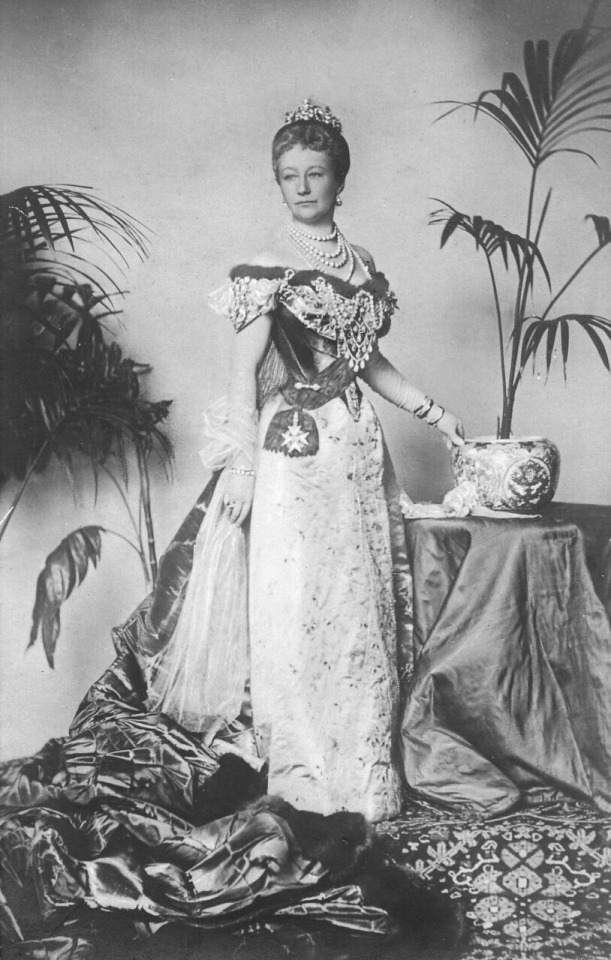
October 22 1858: The Birth of Kaiserin Augusta Victoria of Schleswig-Holstein
Augusta Victoria of Schleswig-Holstein was the eldest daughter of Frederick VIII, Duke of Schleswig-Holstein and Princess Adelheid of Hohenlohe-Lagenburg. Tragedy struck only a week after her birth when her elder brother died from illness. In 1860, her younger sister, Caroline Mathilda, was born. Who was regarded as prettier and a brighter personality than the chubby, serious, submissive Augusta Victoria. Soon Augusta’s mother would give birth to another boy, Gerhard, who died in infancy. Their next male heir and fifth child, Ernst Gunther, was a perfectly healthy baby boy. Augusta would have two other sisters, Louise Sophie in April 1866 and Feodora Adelaide in July 1874.
In her family, she was known affectionately as “Dona.” Augusta’s obedient nature was noted on early in her youth, even by her future mother-in-law Crown Princess Frederick. ‘It is strange how good some children are – and how little trouble they give,’ she wrote to her mother, Queen Victoria, when Augusta Victoria was nine years old. ‘Ada’s children are patterns of obedience, gentleness – the best of dispositions’. (1)
The thought of a match between Princess Augusta Victoria of Schleswig-Holstein and Prince Wilhelm of Prussia was contemplated ever since they were children, as noted by the prince (future Kaiser, ex-Kaiser) later in the future. But was never taken seriously until after the prince was rejected by Princess Elisabeth of Hesse and by Rhine. Perhaps, Wilhelm was seeking for a rebound in Dona and it was a success. As the couple married on the 27th of February 1881. The marriage has been regarded to be happy but not without struggle. As Wilhelm quickly grew bored at his new wife’s longing for a simple domestic lifestyle, having multiple affairs throughout the years. And in the beginning only saw Dona as a broodmare. It was only after an ear infection gone bad, where Augusta stayed by Wilhelm’s side throughout the duration of it did he start to see her in an adjusted light, but continued to be unfaithful to her.
She bore him seven children:
Wilhelm, German Crown Prince, Crown Prince of Prussia (1882-1951)
Prince Eitel Friedrich (1883-1942)
Prince Adalbert (1884-1948)
Prince August Wilhelm (1887-1949)
Prince Oskar (1888-1958)
Prince Joachim (1890-1920)
Princess Viktoria Louise of Prussia (1892-1980)
Her days as Empress, she was regarded by the court as a prudish, a stickler for rules who punished anyone for the simplest gesture she deemed to be “immoral.” She was deemed by many as unremarkable and plain with a gaudy and tacky sense of fashion. With Nicholas II remarking to his mother, the Dowager Empress. That she ‘did her best to be pleasant but looked awful in sumptuous gowns completely lacking in taste; in particular the hats she wore in the evening were frightful.’
Though as overbearing and a nuisance as she was in public life and a part of her private life, by some family members, such as Empress Frederick (with whom she had a very heated feud with and who Augusta enjoyed snubbing frequently) who wrote to her daughter, Sophie, she was characterized as: ‘very grand and stiff and cold and condescending at first, but became much nicer afterwards. Perhaps it was also partly shyness.’ and by her younger sister, Louise Sophie that when she was ‘not bowing to the will of her autocratic husband she was easy and indulgent’. “Her cousin Alice of Albany, who was sometimes mildly critical of her older relations, found her ‘most affable and kind’.”(1)
She was her husband’s biggest supporter throughout everything (for better and for worse) and was crushed when she was stripped of her titles as German Empress and Queen of Prussia after the war. Her health, which was already declining ever since the 1890s (causing her to miscarry twice) went down a rapid decline in the 1920s. And it had worsened when she had heard of the news of the death of her youngest son, Prince Joachim. She passed away on the 11th April 1921, in spite of her personal flaws, she was a beloved Empress by the German people and her popularity outshined her husband’s. Thousands lined up to see her off, where she would be buried at the Temple of Antiquities in the gardens near the New Palais in Postdam. Her husband, the ex Kaiser Wilhelm II was forbidden to cross into Germany to see his wife off for the final time.
Her room in Huis Doorn was soon turned into a shrine dedicated to the late Empress. With Wilhelm ordering for the room to regularly be cleaned with flowers and a cross draped over the bed. “Once a week, for the rest of his twenty years, he would retire there on his own, to go and mourn her memory.“ (1)
Wilhelm adhered to his late wife’s wishes for him to marry someone else when she was gone. When only a year later he would marry Princess Hermine of Reuss. He passed away in June of 1941, at age 82, 20 years after her passing.
Source : The Last German Empress
#monarchy#kaiser wilhelm ii#german empire#german monarchy#imperial germany#wilhelm ii#kaiserin augusta victoria#empress augusta victoria#royal birthdays#THIS TOOK ME AN HOUR😭#and her bday is about to end in 8 minutes#i was hella procrastinating lmao#happy birthday to Dona ig#german royalty#german royal family
25 notes
·
View notes
Text
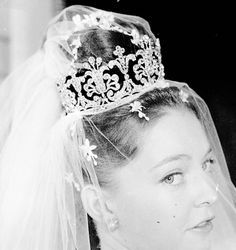
✵ July 18, 1960 ✵
Princess Diane d'Orléans & Carl, Duke of Württemberg
#royal wedding#german royalty#german royal family#german royal wedding#lace wedding veil#royal wedding veil#wedding tiara#wurttemburg#french royal wedding#french royal family#french royalty
12 notes
·
View notes
Photo
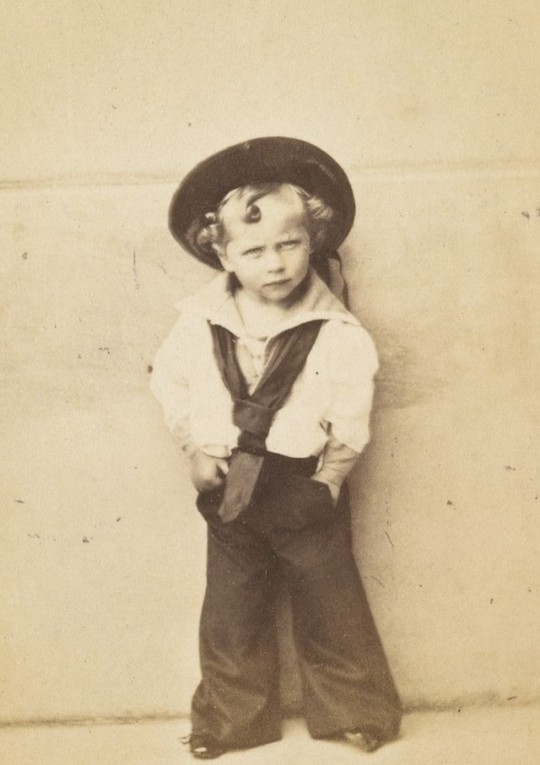
Wilhelm II, July 1861 (The MET)
#wilhelm ii#1860s#fashion history#historical fashion#historical photography#german royal family#1861#19th century#childrensfashion#victorian era#victorian fashion#kaiser wilhelm ii#the met
236 notes
·
View notes
Text
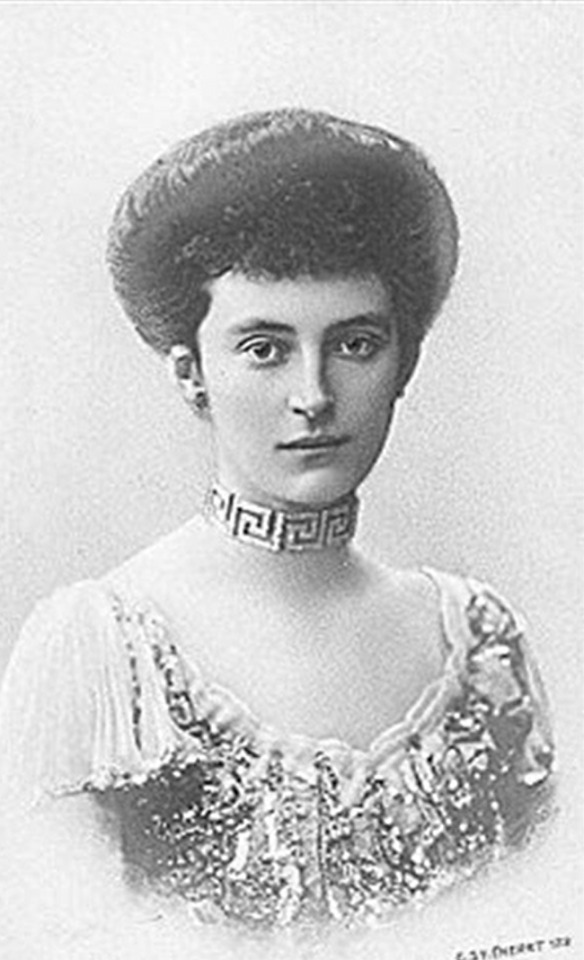

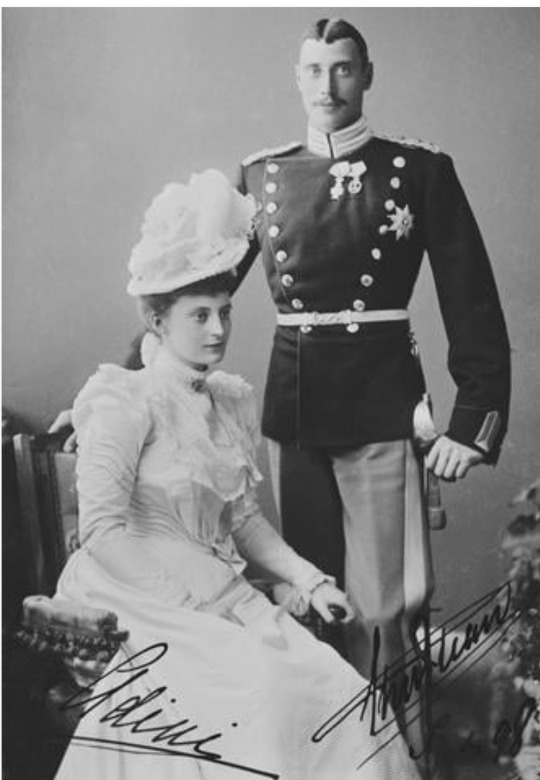



Photographs: 1 and 2: Alexandrine of Mecklenburg-Schwerin; 3. Alexandrine and Christian X; 4: From left to right, Alexandrine with her son Frederick on her lap, Christian X, Alexandrine's mother Grand Duchess Anastasia Mikhailovna (Grand Duchess Anastasia of Mecklenburg-Schwerin), Princess Alexandra of Hanover (wife of Alexandrine's brother, sitting next to her: Frederick Francis IV of Mecklenburg-Schwerin; 5: The Danish Royal Family: Queen Alexandrine, King Christian X and their 2 children: Prince Frederick and Prince Knud; 6. From left to right: Prince Knud, Queen Alexandrine of Denmark, Cecilie, Crown Princess of Germany, Christian X with his son Frederick standing in front of him, Princess Alexandra of Hanover and Grand Duke Frederick Francis IV of Mecklenburg-Schwerin
Alexandrine of Mecklenburg-Schwerin (1879 – 1952) was the elder child and first daughter of Frederick Francis III, Grand Duke of Mecklenburg-Schwerin and of Grand Duchess Anastasia Mikhailovna of Russia, a grandchild of Nicholas I (and hence the Romanov connection, which will appear at other junctions). Alexandrine was Queen of Denmark from 1912 to 1947 and Queen of Iceland from 1918 to 1944 as the spouse of King Christian X.
Alexandrine younger siblings were: Her only brother, Duke Frederick Francis, who in 1897 succeeded their father as Fredrick Francis IV, Grand Duke of Mecklenburg-Schwerin, and her only sister Duchess Cecilie, who married the German Crown Prince Wilhelm of Prussia, eldest son of German Emperor William II (but never got to reign.) So both Alexandrine and Cecilie's ancestry was mostly German but being great-granddaughters of Nicholas I (through their mother), there were certainly Romanovs (we all know that by the twentieth century the Romanovs were mostly of German descent.) Queen Alexandrine and King Christian X had two children, Prince Frederik (IX) and Prince Knud (later hereditary prince).
Queen Alexandrine played the piano to an almost professional standard. She was of a shy disposition and had difficulty getting used to public attention during her first years as queen. She preferred to avoid the media limelight but performed her functions in an exemplary manner. In the home, she was responsible for her two boys' education. Queen Alexandrine undertook extensive charity work until her death and was an avid golf player and photographer who also produced needlework to a high standard.
#russian history#imperial russia#romanov family#german royal family#duchess cecilie of mecklenburg schwerin#duchess alexandrine of mecklenburg schewerin#Cecilie#Queen Alexandrine of Denmark#King Christian X of Denmark#Frederick Francis III#Grand Duchess Anastasia Mikhailovna#Grand Duchess Anastasia of Mecklenburg-Schwerin
9 notes
·
View notes
Text

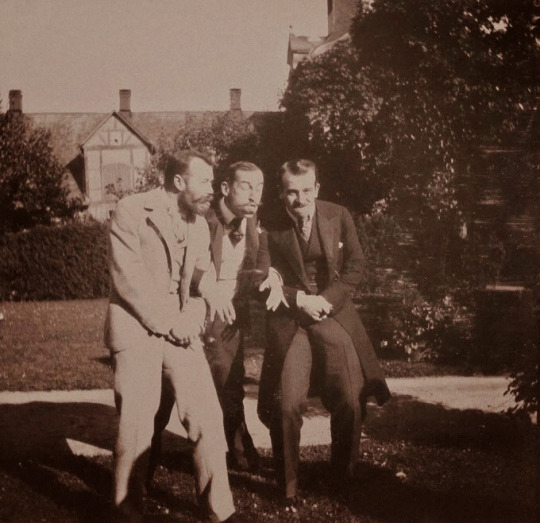
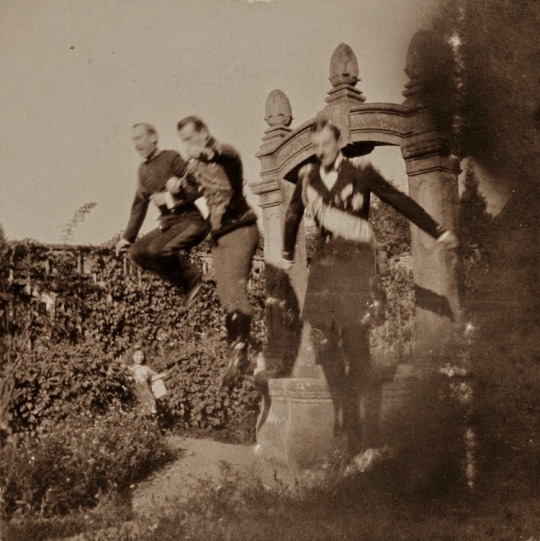




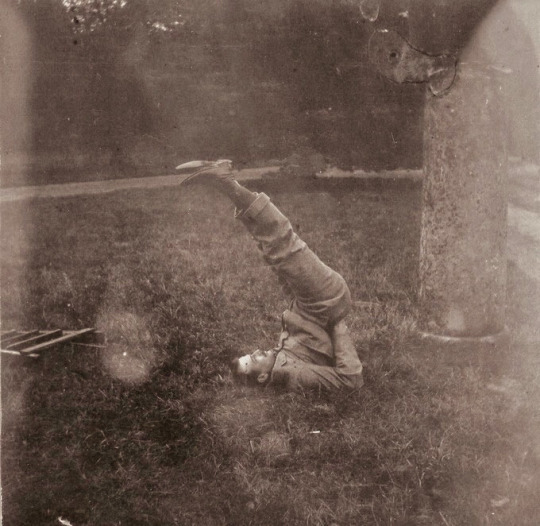
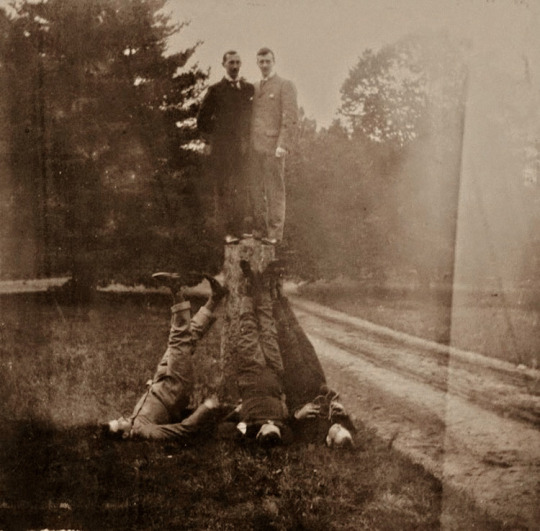
💌 “It was the happiest and most joyous party I had ever attended in my life,” said Prince Nicholas of Greece about his visit to Wolfsgarten in the late 1890s. “We were all close relatives; young and healthy; like school children on vacation...”
The photographs feature Grand Duke Kirill Vladimirovich of Russia, Tsar Nicholas II of Russia, Grand Duke Ernst Ludwig of Hesse, Prince Nicholas of Greece, Grand Dukes Andrei and Boris Vladimirovich of Russia at Schloss Wolfsgarten, Fall of 1899.
Source: An excerpt from Prince Nicholas of Greece’s memoir, My Fifty Years, included in Hannah Pakula’s The Last Romantic: A Biography of Queen Marie of Romania.
#tsar nicholas ii#prince nicholas of greece#ernst ludwig of hesse#royalty#royals#russian imperial family#greek royal family#german royal family#victorian era#19th century
47 notes
·
View notes
Photo

Grand Duchess Anastasia of Mecklenburg-Schwerin (Grand Duchess Anastasia Mikhailovna of Russia) and her three children: Cecilie, Friedrich, and Alexandrine.
#Anastasia Mikhailovna#Crown Princess Cecilie#Queen Alexandrine of Denmark#Friedrich Franz IV#Mecklenburg-Schwerin#german royal family#late victorian
36 notes
·
View notes
Text

Grand Duchess Elizabeth Feodorovna of Russia, 1894.
#grand duchess elizabeth feodorovna#grand duchess elizabeth of russia#grand duchess elizabeth feodorovna of russia#princess elizabeth of hesse#romanovs#imperial russia#russian imperial family#imperial family#victorian#colored photography#british royal family#1890s#german royals#german royalty#german royal family#british royals#history colored#1894#1890s fashion
29 notes
·
View notes
Text

TIARA ALERT: Princess Maria Teresita of Saxony wore an aquamarine and pearl tiara for her wedding to Count Beryl Alexandre de Saporta at the Cathedral of the Holy Trinity (formerly the Catholic Church of the Royal Court of Saxony) in Dresden, Germany on 23 September 2023.
#Tiara Alert#Princess Maria Teresita#Saxony#Germany#Saxon Royal Family#German Royals#German Royalty#bridal tiara#tiara#diadem#aquamarine#pearl#royal jewels
169 notes
·
View notes
Text
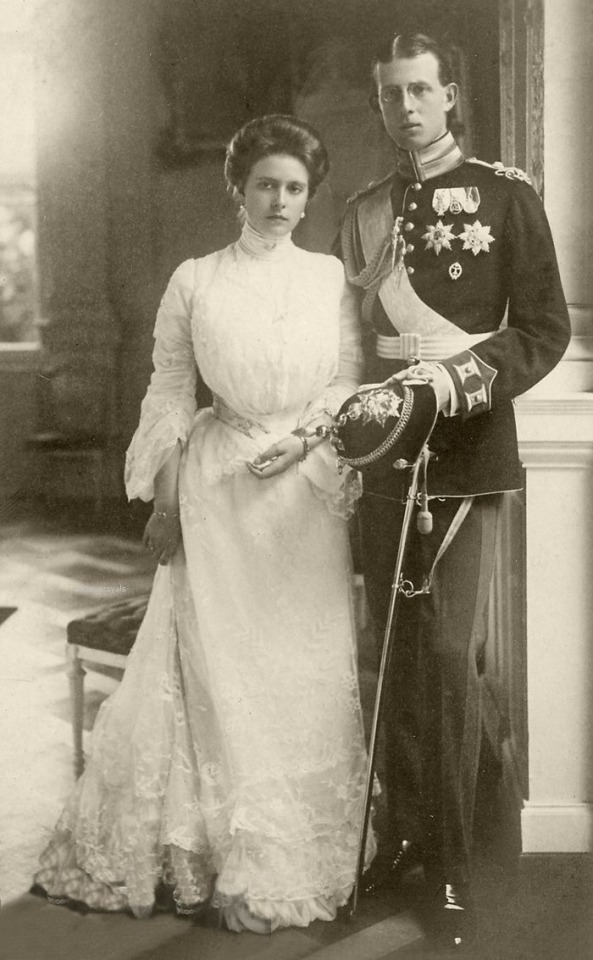
Princess Alice of Battenberg with her husband, Prince Andrew of Greece, c. 1903.
#aesthetic#art#art history#fashion#historical fashion#historical art#women in art#women#men#men in art#Edwardian#edwardian aesthetic#German royals#British royals#Greek royals#British royal family#Greek royal family#Battenberg#Mountbatten#Edwardian fashion#Edwardian style#1900s#royalty#royal aesthetic
62 notes
·
View notes
Photo

Beau Sancy Diamond ♕ Sold in 2012 to an Unknown Buyer
44 notes
·
View notes
Text

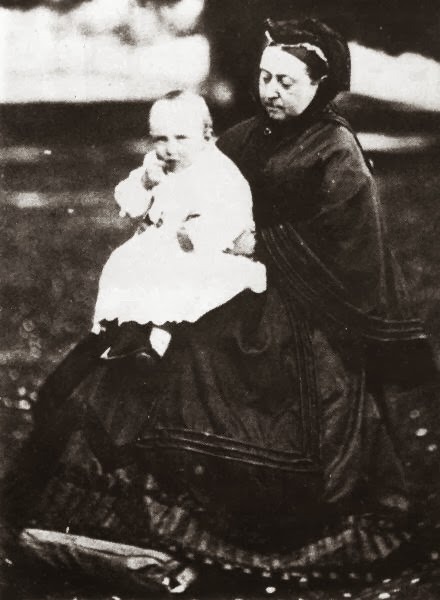
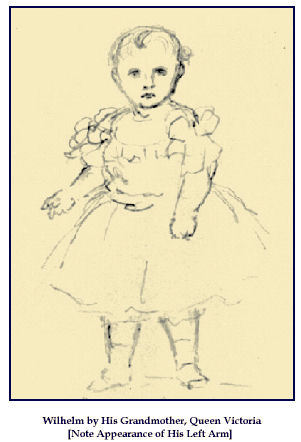
Kaiser Wilhelm II appearance as a baby;
“They say all babies are alike,” wrote one German observer. “I do not think so: this one has a beautiful complexion, pink and white, and the most lovely little hand ever seen! The nose rather large; the eyes were shut, which was as well, as the light was so strong. His happy father was holding him in his arms.”
“He is growing so handsome and his large eyes have now and then a dreamy expression and then again they sparkle with fun and delight.”
- Victoria, Princess Royal writing to her mother, Queen Victoria.
source: The Innocence of Kaiser Wilhelm by Christina Croft
photos: Victoria, Princess Royal, now Princess Frederich of Prussia holding the newborn Prince Wilhelm, later Kaiser Wilhelm II. Queen Victoria holding her grandson, Wilhelm and the final is a drawing of him made by her.
#i felt the need to post this#he was such an adorable baby lol#cutie pie#kaiser wilhelm ii#wilhelm ii#monarchy#german monarchy#imperial germany#germany#german empire#victoria princess royal#empress frederich#queen victoria#emperor frederick iii#british monarchy#brf#british royal family#royalty#royal family#german royal family#german royalty#great britain
21 notes
·
View notes
Text

✵ May 31, 1980 ✵
Countess Gloria von Schönburg-Glauchau & Prince Johannes 11th Prince of Thurn und Taxis
10 notes
·
View notes
Text
PROPERTY OF A ROYAL FAMILY - 19TH CENTURY SAPPHIRE AND DIAMOND PARURE

IMPORTANT 19TH CENTURY SAPPHIRE AND DIAMOND CROWN
Octagonal step-cut and oval-shaped sapphires, varied old-cut diamonds, gold, 1840s, 45.3 cm, brown fitted case

EARLY 19TH CENTURY IMPORTANT SAPPHIRE AND DIAMOND TIARA
Octagonal step-cut and oval-shaped sapphires, rose and old-cut diamonds, gold, circa 1800, 49.0 cm, black fitted case
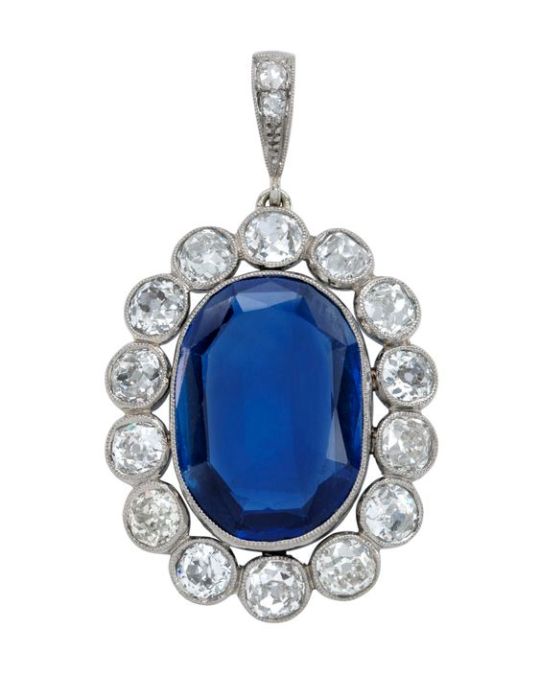
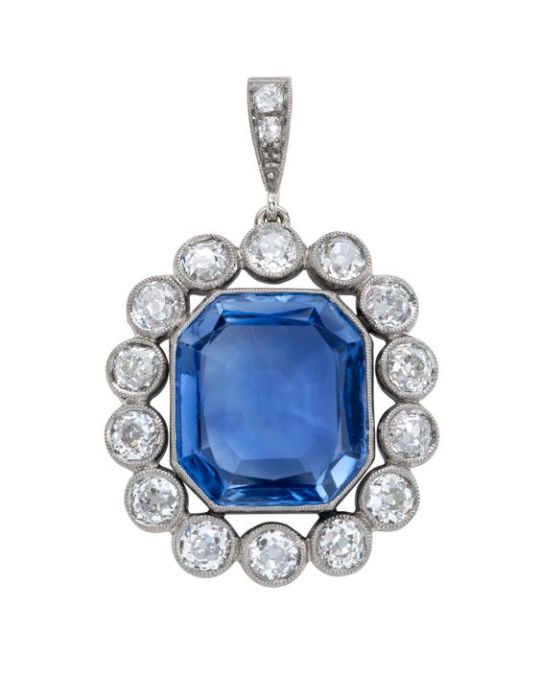
TWO EARLY 19TH CENTURY SAPPHIRE AND DIAMOND PENDANTS
Oval-shaped sapphire, old-cut diamonds, gold, circa 1800, 3.6 cm
Octagonal step-cut sapphire, old-cut diamonds, gold, circa 1800, 3.2 cm
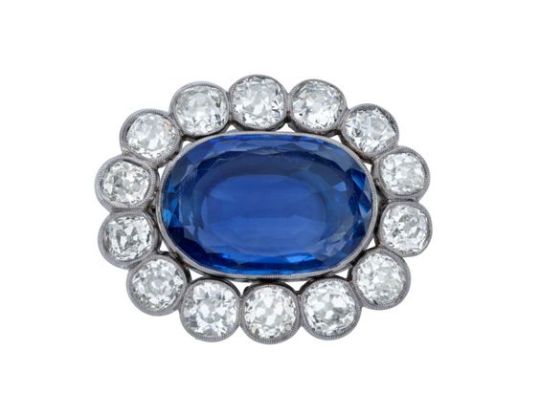
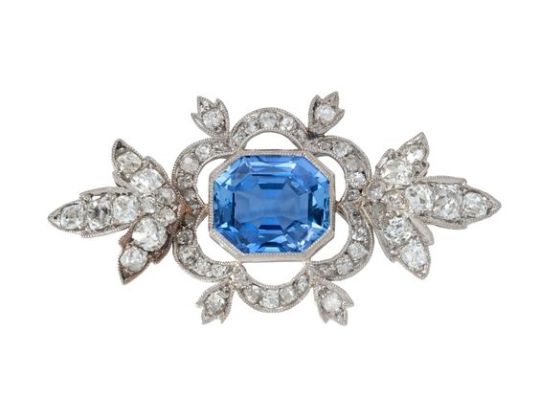
TWO EARLY 19TH CENTURY SAPPHIRE AND DIAMOND BROOCHES
Oval-shaped sapphire, old-cut diamonds, gold, circa 1800, 3.7 cm
Octagonal step-cut sapphire, rose and old-cut diamonds, gold, circa 1800, 3.6 cm
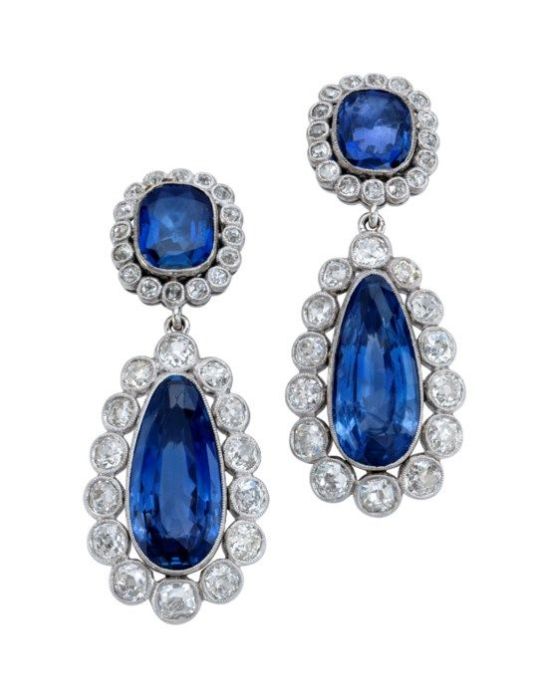
EARLY 19TH CENTURY SAPPHIRE AND DIAMOND EARRINGS
Pear and cushion-shaped sapphires, old-cut diamonds, gold, circa 1800, 4.4 cm
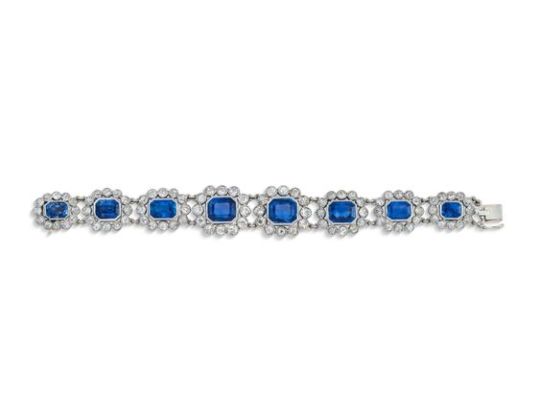
EARLY 19TH CENTURY SAPPHIRE AND DIAMOND BRACELET
Octagonal step-cut sapphires, old-cut diamonds, gold, circa 1800, 17.5 cm

EARLY 19TH CENTURY SAPPHIRE AND DIAMOND RING
Octagonal step-cut sapphire, single and old-cut diamonds, gold, circa 1800, ring size 6 ½
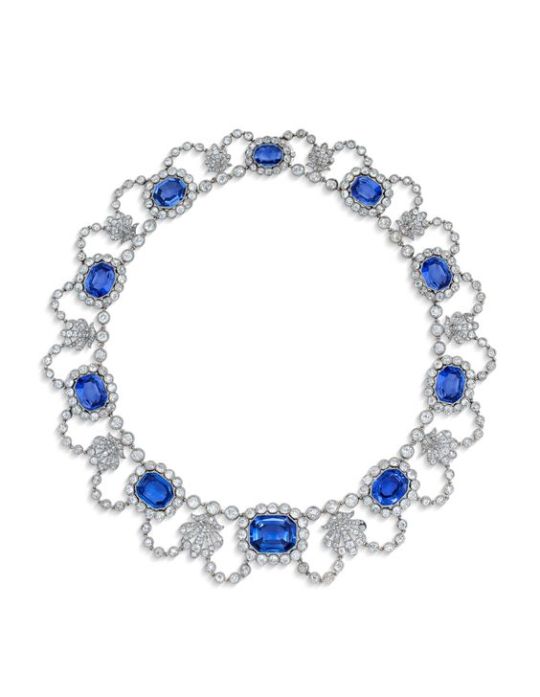
EARLY 19TH CENTURY SAPPHIRE AND DIAMOND NECKLACE
Octagonal step-cut sapphires, rose and old-cut diamond, gold, circa 1800, 40.5 cm, black fitted case
Christie's 1 2 3 4 5 6 7 8 9 10
#portugal#portuguese royal family#french royal family#french aristocracy#german nobility#parure#set#jewelry set#jewelry collection#tiara#tiaras#diadem#diadems#crown#crowns#necklace#necklaces#pendants#pendant#brooch#brooches#bracelet#bracelets#earring#earrings#rings#ring#diamond#diamonds#sapphire
52 notes
·
View notes